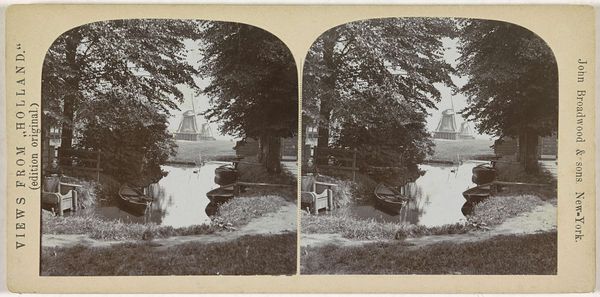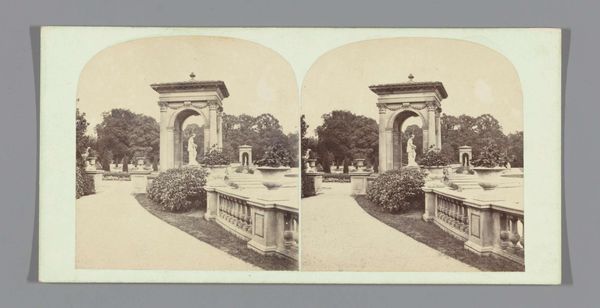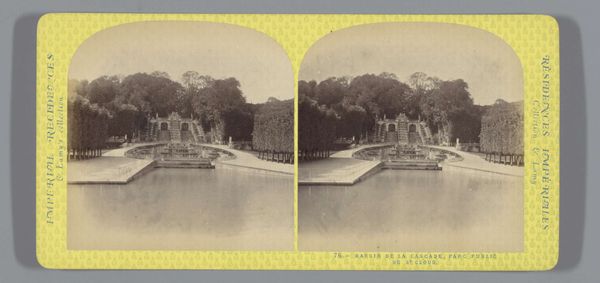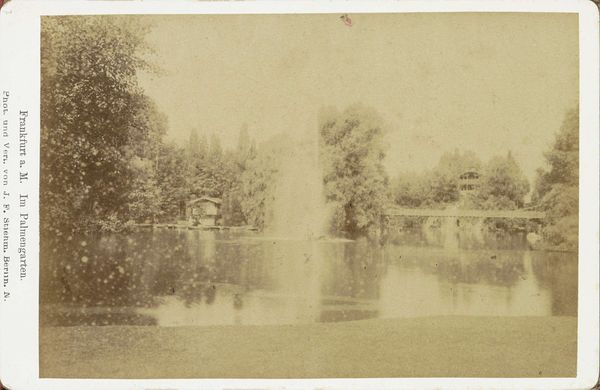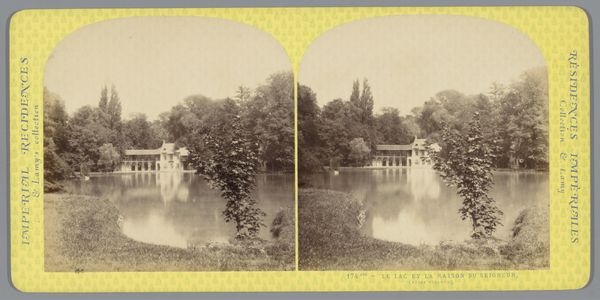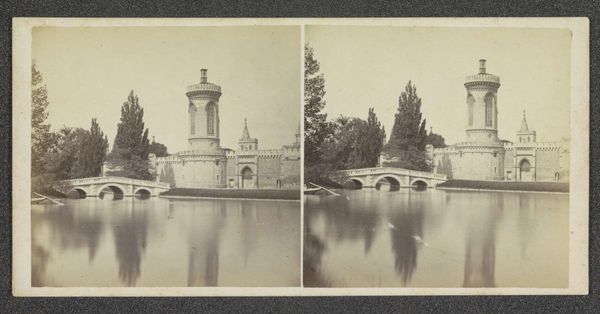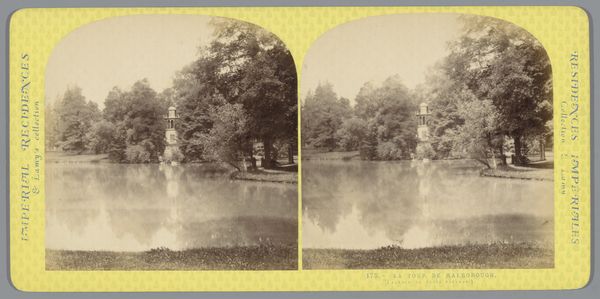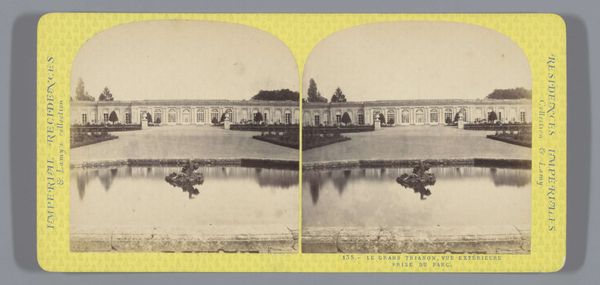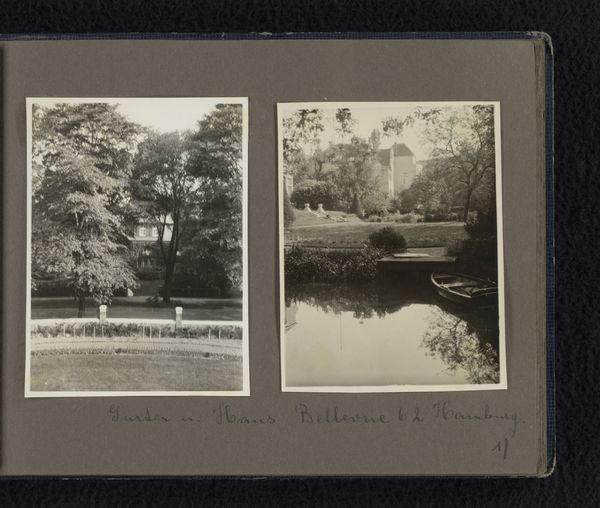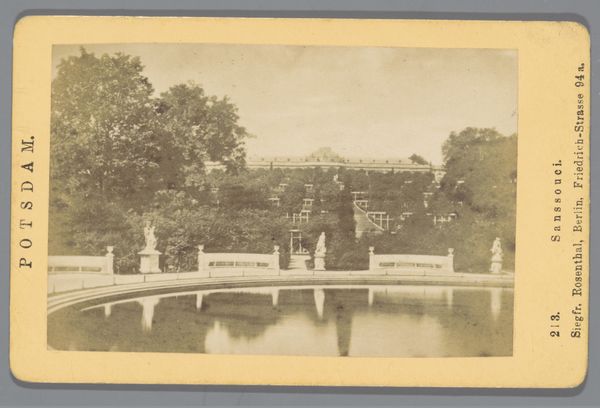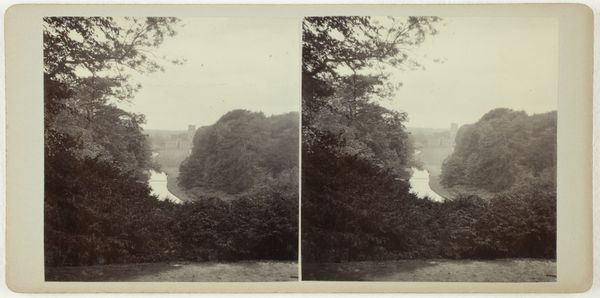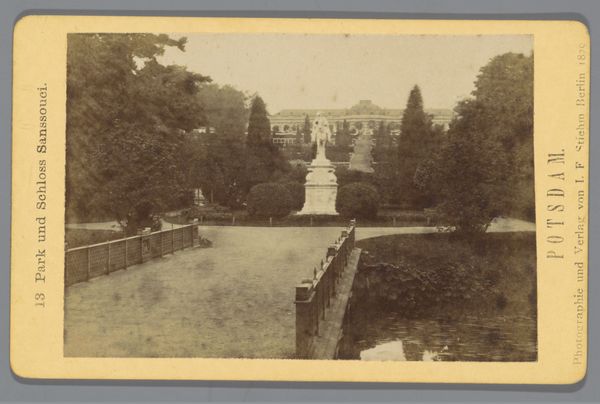
photography, albumen-print
#
landscape
#
photography
#
cityscape
#
albumen-print
Dimensions: height 80 mm, width 157 mm
Copyright: Rijks Museum: Open Domain
Editor: This albumen print, "Vijver met op de achtergrond Kasteel Rosendael," by Geldolph Adriaan Kessler, made in 1904, gives a muted, almost dreamlike impression of the castle reflected in the pond. I’m fascinated by the albumen print process itself. What can you tell me about how this piece operates within its material context? Curator: Kessler's choice of the albumen print is key. Think about the intense labor involved: preparing the glass plate, coating it with albumen—egg whites, whipped to a froth!—sensitizing it, exposing the image, all before it degrades. And for what? To reproduce a stately image, subtly reinforcing notions of wealth and leisure. The very means of production point to social hierarchies. Editor: So, the image and the process are intertwined in commenting on social structure? Curator: Precisely. Photography, particularly through processes like albumen printing, was becoming more accessible, but still required resources and skill. Consider who could afford such a leisure pursuit, and who was engaged in the labor of producing these images. Is this a depiction of "cityscape", or of material status achieved by its elite? Editor: I hadn't considered the economic factors tied to photographic processes back then. It makes you think about the choices artists made, knowing the impact. Curator: Kessler is not just making a pretty picture; he is participating in the larger material culture of his time. Think about how many prints might have been made and circulated, contributing to the collective consciousness. We could almost reconstruct society by examining the surviving material record. Editor: Seeing it through that lens makes me reconsider what photography meant back then. I focused too much on its aesthetics at face value, rather than considering it within a production/consumption system. Curator: Indeed, recognizing the interwoven nature of art, labor, and societal forces is essential to truly grasping its cultural relevance.
Comments
No comments
Be the first to comment and join the conversation on the ultimate creative platform.
